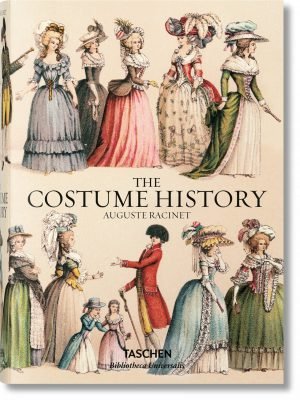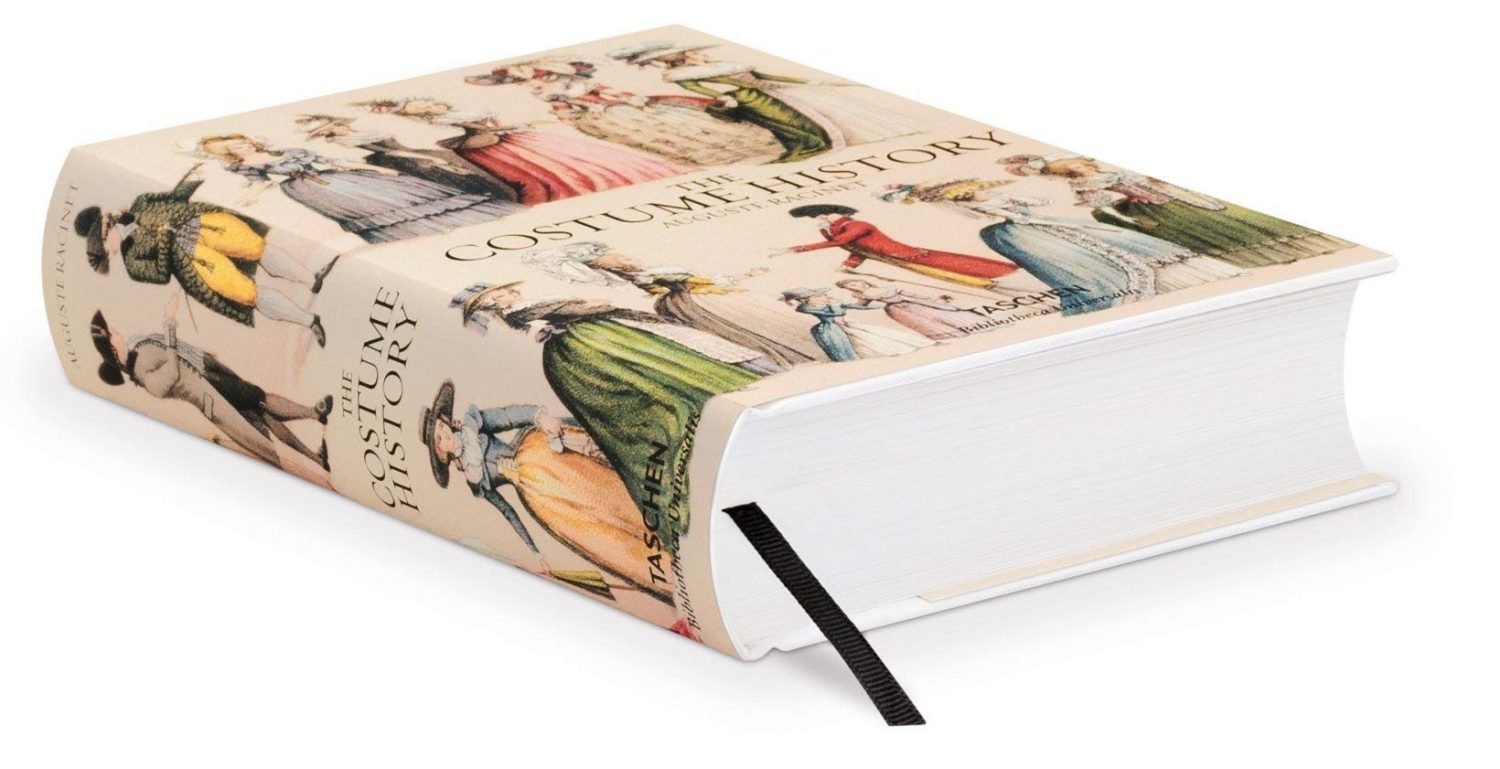Gallic warrior. 1st century BC.
Tag: Celtic
Gallic habitation. Woman. Peasant. Chariot. Rich farmer.
Gallic habitation. Woman. Peasant. Chariot. Rich farmer costumes.
Gallic chief under Roman rule.
Gallic chief under Roman rule. 3rd to 4th century.
A Gallic residential interior. 1st century.
A Gallic residential interior. 1st century.
Celtic relics, ornaments of gold and bronze. Spears, knives, and swords.
Celtic relics, ornaments of gold and bronze. Spears, knives, and swords. Necklaces, pins of bronze, and ivory bracelets.
Gallic chieftain under the Roman domination.
Gallic chieftain under the Roman domination. 2nd to 3rd century.
Gallic leader before the Roman conquest.
Gallic leader before the Roman conquest. 1st century. Gaul independent.
The Gallic and Gallo-Roman costume period.
Gallic period—Woad, or the pastel — Tunics and boulgètes — “Mavors” and “Palla” — Cleanliness of the Gallic women — The froth of beer or kourou — The women of Marseilles; their marriage-portions — Gallo-Roman period — The Roman garment — The stola — Refinement of elegance — Extravagant luxury of women — Artificial aids — A vestiaire or wardrobe-room of the period — Shoes — Jewels and ornaments — The amber and crystal ball — Influence of the barbarians.
Frankish Merovingian costume history 4th and 5th century.
The Nobility. State Costume — Men 6th, 7th and 8th Centuries. Goldsmiths’ Work. Costume of the Middle Classes Men. Lower Classes. The Glove. Costume of the Nobility Women. Jewellery of the Franks.
Teutons clothing. From the Stone Age to the 4th century.
Teutonic costume prehistoric period, third and fourth centuries A.D.

Auguste Racinet. The Costume History by Françoise Tétart-Vittu.
Racinet's Costume History is an invaluable reference for students, designers, artists, illustrators, and historians; and a rich source of inspiration for anyone with an interest in clothing and style. Originally published in France between 1876 and 1888, Auguste Racinet’s Le Costume historique was in its day the most wide-ranging and incisive study of clothing ever attempted.
Covering the world history of costume, dress, and style from antiquity through to the end of the 19th century, the six volume work remains completely unique in its scope and detail. “Some books just scream out to be bought; this is one of them.” ― Vogue.com











